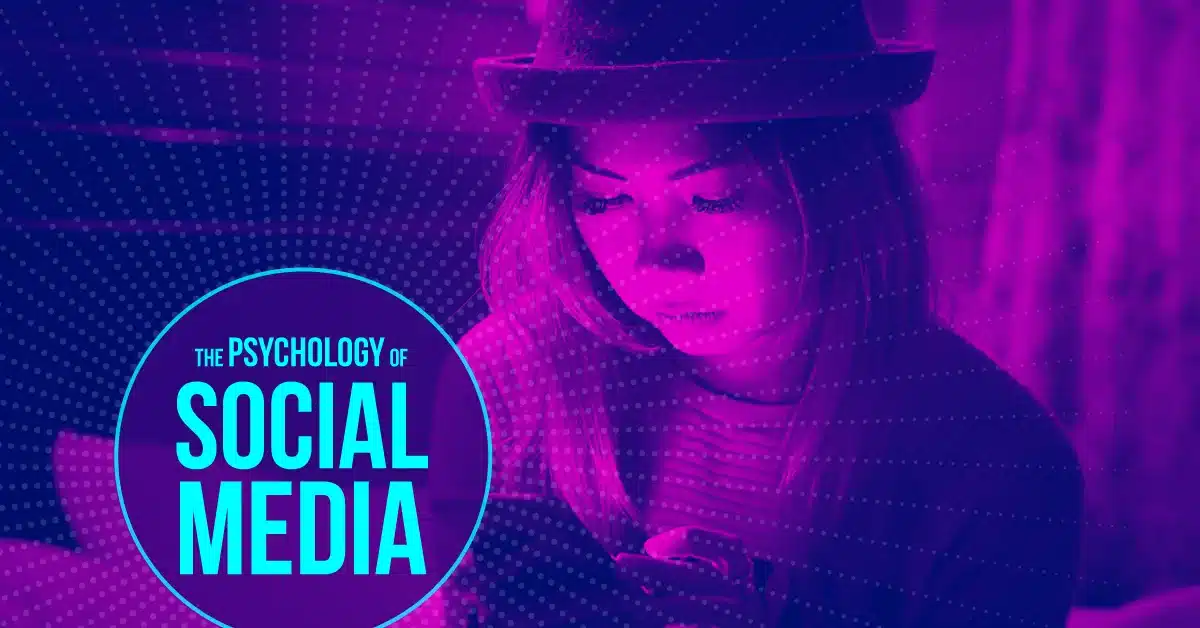The Psychology of Social Media: What Drives User Interaction

The Psychology of Social Media: What Drives User Interaction?
Social media has become an integral part of modern life, influencing everything from personal relationships to global politics. But what lies beneath the surface of likes, shares, and comments? The psychology of social media is a complex interplay of human behavior, emotional triggers, and cognitive processes that drive user interaction.
The Need for Social Connection
Humans are inherently social creatures with a fundamental need to connect with others. Social media platforms tap into this need by providing a space where people can interact regardless of physical distance. The ability to maintain relationships, meet new people, and be part of a community satisfies our social needs and reinforces our desire to engage online.
Instant Gratification and the Dopamine Loop
Social media interactions often provide instant gratification. Likes, comments, and shares act as social rewards, triggering the release of dopamine, a neurotransmitter associated with pleasure. This creates a feedback loop that encourages users to continue posting content to receive more positive reinforcement.
The Fear of Missing Out (FOMO)
FOMO is a powerful motivator in social media usage. Seeing others’ experiences and achievements can evoke a fear of missing out on social events, information, or opportunities. This fear drives users to constantly check their feeds and engage with content to feel included and up-to-date.
Personal Identity and Self-Expression
Social media offers a platform for self-expression and identity formation. Users curate their profiles and posts to reflect their personalities, beliefs, and interests. This self-presentation allows individuals to control how they are perceived by others, which can be empowering and validating.
Social Comparison and Self-Esteem
Social comparison is a natural human tendency, and social media amplifies this by providing endless opportunities to compare ourselves to others. While this can sometimes inspire and motivate, it can also lead to feelings of inadequacy and lower self-esteem, particularly when users compare their everyday lives to the curated highlights of others.
The Role of Algorithms
Algorithms play a significant role in shaping user interaction. By curating content based on past behavior, algorithms create personalized feeds that keep users engaged. However, this can also lead to echo chambers and filter bubbles, where users are only exposed to similar viewpoints, reinforcing their existing beliefs.
The Impact of Visual Content
Visual content, such as images and videos, is more engaging and shareable than text alone. It can convey emotions and messages quickly, making it a powerful tool for capturing attention and encouraging interaction.
Conclusion
The psychology of social media is multifaceted, involving various psychological principles that drive user interaction. Understanding these underlying factors can help individuals navigate the digital landscape more mindfully and enable brands to create more engaging and meaningful content.
This article delves into the psychological aspects of social media, exploring the motivations and cognitive processes that drive user interaction on these platforms.


